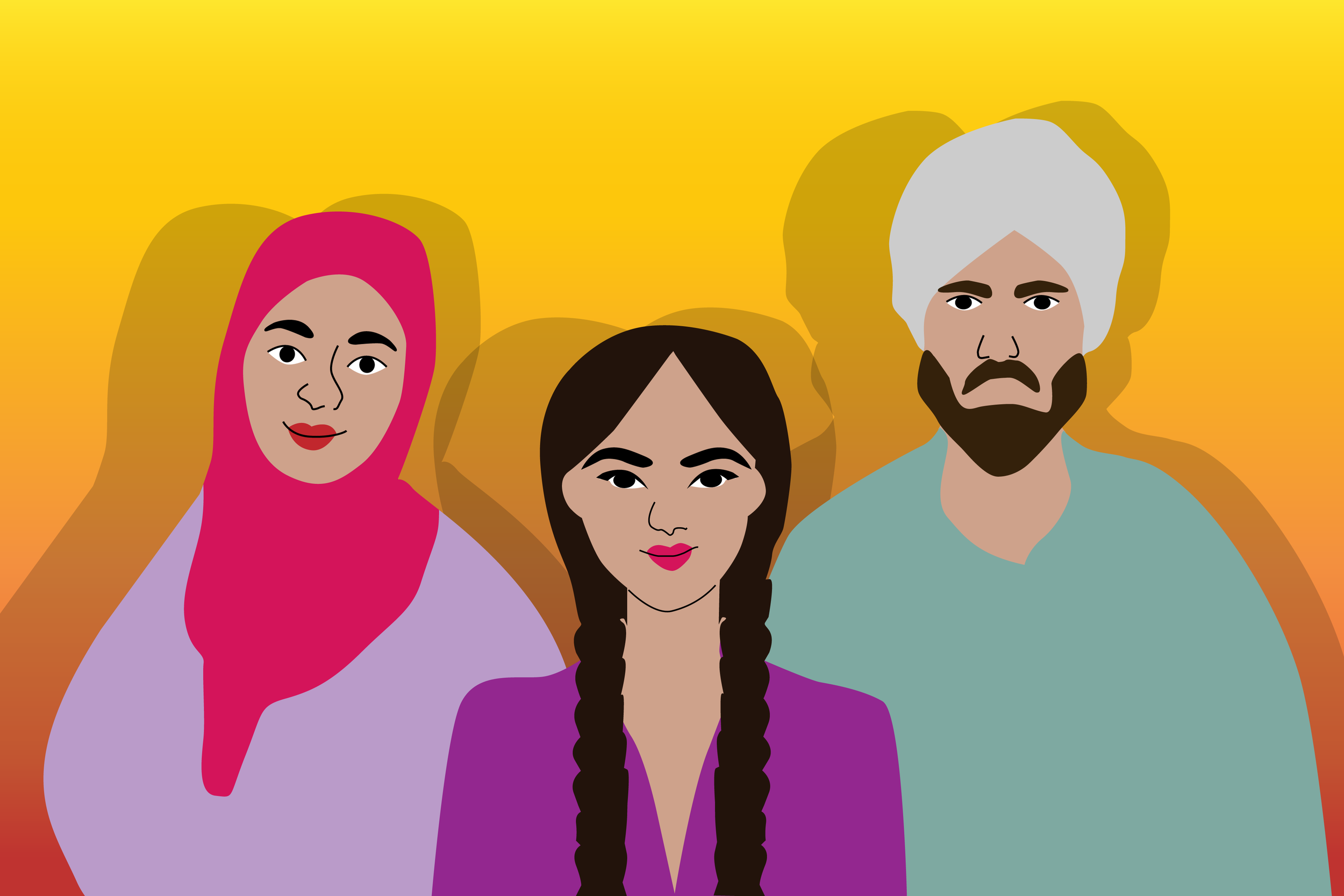Looking Back at Arab American Month
Kayra Hidirlar
In the midst of April, holidays, such as Easter, Earth Day and April Fools, often spring to mind. However, many overlook that this month is also a time to celebrate the Arab-American population, their culture, history and contributions to the country.
The initiative to create an Arab American Heritage Month started in 2017. From there, it slowly spread throughout the country until Joe Biden officially recognized it in April 2021 through a proclamation. However, even after this presidential approval, only five states—California, Illinois, Oregon, Virginia and Indiana—permanently observe Arab American Heritage Month.
Arab immigration to the U.S. started in the late 1800s and continued into the 1900s. That was until the Johnson-Reed Immigration Act placed restrictions that prevented Arabs from entering the country. During the late 1960s, however, lots of these quotas were lifted, kick-starting waves of immigration that have contributed to approximately 3.7 million Arab Americans living in the United States today.
Arab Americans living in the US have faced a lot of discrimination, and Arab Muslims in particular have faced serious Islamophobia. With the rise of conflicts and disputes in the Middle East and North Africa throughout the late 20th and early 21st centuries, Arab American communities in the U.S. have had to deal with negative stigmas, hate crimes, underrepresentation and misinformation being spread about their culture.
Illustration courtesy of The Aggie
When it comes to the representation of Arab Americans, there is certainly room for improvement because Arab Americans continue to be put in a specific box that ultimately dehumanizes them. One such example of misrepresentation is in the media, as stereotypes portray them as being violent, extremely wealthy or foreign.
In addition, Arab Americans have been considered “white” for an extremely long time, according to the U.S. census—a significant issue that often goes unnoticed. This can be problematic because even though the Arabic community experiences severe discrimination, labeling them as “white” causes them to not receive the aid and resources they need.
There is also a huge misconception that all Arab-Americans are Muslim, but in reality, the Arab-American population is much more diverse than that. Although there is a significant portion of Arab-Americans in the U.S. who follow the Islamic religion, the majority of them identify as Christian—not to mention that there are many Arab Jews living throughout the country as well.
At the end of the day, whether it involves learning Arab history, trying new dishes from the Arabic region or donating to charities that support the Arab-American community, there are many ways we can celebrate Arabic culture and show appreciation for the Arabic population in the U.S. this month. What remains important is that everyone continues to educate themselves on the Arab-American community and find ways to show them the support they deserve.
